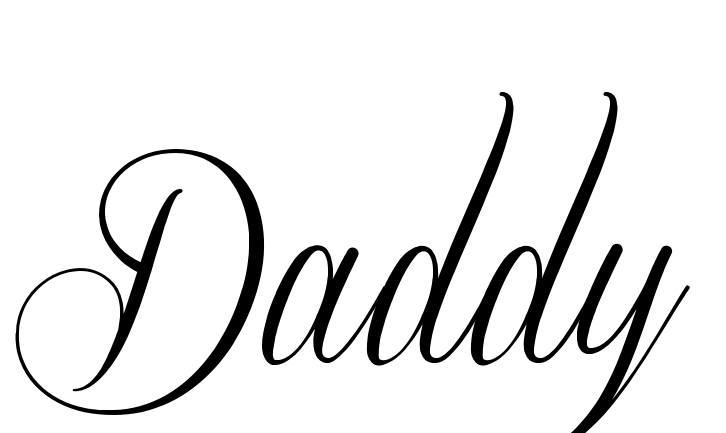
Written in 1776, at a time of extreme change in both Great Britain and America, “The Crisis” is a perspective on the morale in the United States during the time of the Revolutionary War, written by a man transposed from London to the United States, Thomas Paine. Paine’s insightful, yet disarmingly and painfully honest, writings… Continue reading Analysis of Excerpt from “The Crisis,” an Essay by Thomas Paine: 2022

The poem was published posthumously in the anthology Winter Trees in 1971. However, according to Ted Hughes this particular poem was meant to be published in the anthology Ariel. After all it was dated by Plath as 29th October 1962. As with other poems this one too celebrates the many layers of meanings present in… Continue reading Analysis of “Purdah” by Sylvia Plath: 2022

In this intensely self-dramatizing poem, she wrote shortly before her own suicide in February 1963, Plath adopted highly strained metaphors to describe her psychic state. “Lady Lazarus,” written in the fall of 1962, begins with a comparison between the poem’s speaker and the Jews tortured and killed in World War II: A sort of walking… Continue reading Analysis of ‘Lady Lazarus ‘ by Sylvia Plath: 2022

Daddy was written on October 12, 1962, shortly before her death, and published posthumously in Ariel in 1965. Though most of Plath’s poetry centres around her loss of her father and her relationship with him, this poem perhaps is the most explicit. When we deal with Plath we often involve ourselves with the psychological aspects of… Continue reading Analysis of ‘Daddy’ by Sylvia Plath: 2022

The poem Two Sisters of Persephone was written by Slyvia Plath in 1956, the same year as her marriage. The poem is about two lives that are binary to each other. The title, overloaded with mythological significance at once, takes the reader’s attention away. However, the poem is an allegory that discusses the life of… Continue reading Analysis of Two Sisters of Persephone by Sylvia Plath: 2022

‘It was not Death, for I stood up’ is a poem by Emily Dickinson where she talks about hopelessness and depression. She gives the reader a glimpse into the state of her mind with the help of powerful images. Emily Elizabeth Dickinson was an American poet. Dickinson was born in Amherst, Massachusetts. Although part of a… Continue reading Summary and Analysis of ‘It was not Death, for I Stood Up’: 2022

Birthday of Pandit Jawaharlal Nehru, 14th of November ,is celebrate as children’s day or Bal Divas all over India. He was always quite affectionate and caring towards children which resulted in children calling him “Chacha Nehru”. The Children’s Day is celebrated every year to let the people, especially parents aware about the welfare of children. Jawahar Lal… Continue reading Top 10 Quotes On Children for Children’s Day: 2022

The poem The Disquieting Muses written in 1957 serves as a good example of alienation. The poem depicts a non-communicative mother-daughter relationship. Plath wrote this poem getting highly inspired by Giorgio de Chirico eponymous painting. The poem has deep resemblance to the picture and the three Muses of Chirico’s painting are depicted by Plath in… Continue reading The Disquieting Muses Analysis by Sylvia Plath: 2022





